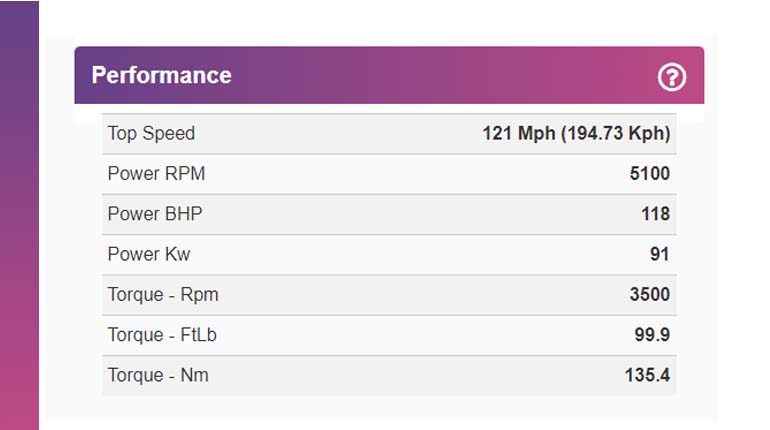Many of the elderly still enjoy the freedom of driving. In the U.K., people aged 70 and over are not just occasional drivers; they’re a vital part of our motoring landscape. Yet, in 2021, they accounted for 21% of car driver fatalities, a stark reminder that while experience counts for a lot, the challenges of the road can be unforgiving.
This statistic isn’t just a number; it’s a reflection of the lives and stories behind the wheel, underscoring the importance of addressing the unique needs of older drivers. It reminds us that driving is more than getting from A to B; it’s about ensuring everyone can do so safely, regardless of age.
Table of contents
Understanding the Challenges Faced by Elderly Drivers
As we age, certain physical and cognitive changes pose challenges that can impact our driving abilities and increase the possibility of a car accident. It’s crucial to acknowledge these challenges not as barriers but as factors that can be managed or mitigated with the right support and adaptations. Recognizing these challenges is the first step towards ensuring the safety and independence of older drivers on the road.
- Physical Limitations: Decreased flexibility can make it difficult to perform essential tasks like checking blind spots or reacting swiftly to avoid sudden obstacles.
- Vision Impairments: Age-related vision changes may affect an elderly driver’s ability to read road signs or navigate in low light conditions effectively. This underscores the importance of ensuring vehicles are equipped with quality wiper blades to maintain clear visibility in adverse weather conditions.
- Cognitive Changes: Slower reaction times and a decline in cognitive functions can impact decision-making and the ability to respond quickly to unexpected situations on the road.
- Adapting to New Road Conditions: With the constant evolution of road layouts and traffic rules, keeping up-to-date can be particularly challenging for older drivers.
- Familiarity with Automotive Technologies: The rapid pace of technological advancements in vehicles can be overwhelming, making it crucial for elderly drivers to stay informed and comfortable with new driving aids and safety features.
Adaptive Technologies for Enhanced Mobility
Adaptive technologies significantly enhance the mobility and safety of elderly drivers by customizing vehicles to meet their unique needs. These innovations ensure that driving remains a comfortable and secure experience:
- Adjustable Pedals: Tailored to assist drivers with limited leg mobility, adjustable pedals enable a safer and more comfortable distance from the dashboard, addressing a critical need for those who may find standard setups challenging.
- Steering Wheel Covers: Designed for those with reduced hand strength, these covers provide a firmer grip, granting better control over the vehicle. This adaptation is essential for maintaining control in unexpected driving conditions.
- Swivel Seats: These innovative seats make getting in and out of the car easier for drivers facing mobility challenges, significantly reducing the physical effort and discomfort associated with entering and exiting a vehicle.
- Voice-Activated Systems: By allowing drivers to operate navigation and other vehicle functions through voice commands, these systems minimize the need for manual adjustments, thereby reducing cognitive load and helping to keep the driver’s attention focused on the road.
Navigational Aids and Connectivity

Photo by Karlyukav from Freepik
These features not only make driving more accessible and less stressful for elderly drivers but also significantly enhance their safety on the road. By leveraging the latest in technology, older drivers can maintain their independence while navigating the roads with greater confidence and peace of mind.
- GPS Systems: These systems deliver real-time directions, traffic updates, and alternative routes to avoid congestion. Their user-friendly interfaces reduce the need for traditional map reading, helping drivers focus on the road.
- Voice-Activated Commands: Enhance safety by enabling elderly drivers to input destinations, make route changes, and control vehicle settings without looking away from the road. This hands-free operation minimizes distractions, making driving safer.
- Connectivity Features: Allow drivers to make phone calls, send messages, and access roadside assistance through simple voice commands. This keeps them connected to family and friends and ensures help is easily accessible.
- Apps for Elderly Drivers: These apps offer reminders for critical tasks such as taking medication or alerts for upcoming appointments. They can also monitor driving patterns to suggest breaks or rest periods during long drives, promoting safer driving habits.
Driver Monitoring Systems for Preventive Safety
Acting much like an attentive co-pilot, these systems provide an essential layer of security, aiming to prevent accidents before they happen.
- Fatigue Detection: Utilizes eye movement and blink rate analysis to detect early signs of tiredness, encouraging drivers to take necessary breaks. This technology ensures drivers remain alert, significantly reducing the risk of accidents caused by drowsiness.
- Heart Rate Monitoring: Monitors the driver’s heart rate for irregularities that may signal stress or a medical issue, prompting them to pause their journey. By addressing these signs early, the system helps maintain driver well-being and road safety.
- Steering Pattern Analysis: Observes steering behavior to identify erratic movements indicative of distraction or impairment, offering a chance to correct the course. This monitoring helps keep the vehicle on track and prevent potentially dangerous situations.
- Posture Analysis: Assesses the driver’s posture for any signs of discomfort, fatigue, or loss of alertness, suggesting adjustments or breaks. This analysis ensures the driver’s focus and physical readiness are maintained throughout the drive.
- Emergency Assistance: In critical situations where the driver is unresponsive to alerts or exhibits signs of severe distress, some systems can autonomously bring the vehicle to a safe stop and call for emergency services. It’s one of the interventions crucial in drunk driving incidents, acting swiftly to prevent accidents and potentially save lives.
Wrapping Up
Embracing the advancements in vehicle technology and connectivity can vastly improve the driving experience for elderly drivers, offering them a safer, more comfortable journey. As society continues to evolve, we must leverage these tools to ensure our roads are inclusive for all ages. By doing so, we not only enhance the quality of life for older drivers but also contribute to the overall safety and well-being of our communities, making every journey a testament to progress and care.








